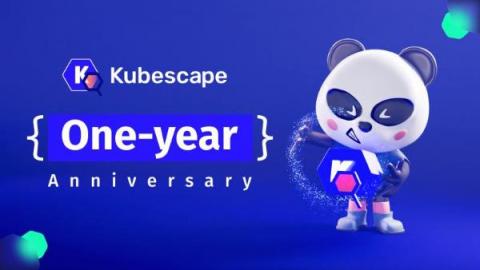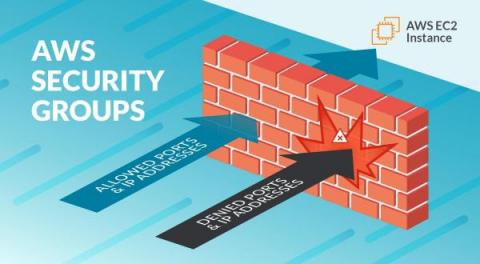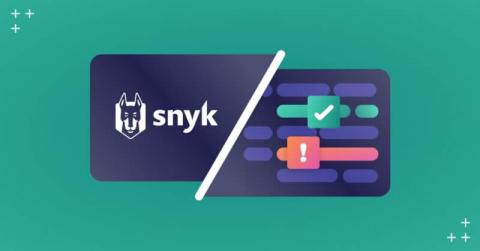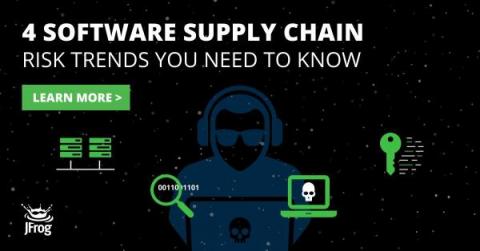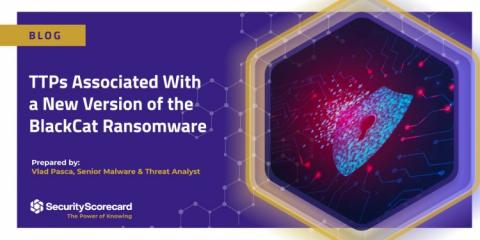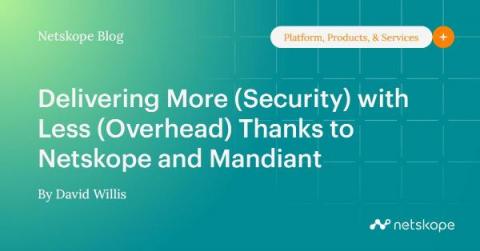Security | Threat Detection | Cyberattacks | DevSecOps | Compliance
Latest News
Challenge Accepted Podcast - Finding Your First Job in Cybersecurity
Unlock the Power of Security Automation: Threat Intelligence Management
Threat intelligence has become a significant input to the overall ecosystem that organizations leverage in their security footprint. Managing that data and the contextualization required to develop useful information can be daunting for fledgling and established organizations. I will discuss ways to automate some of the repetitive tasks and fuel other areas of the security organization to help them better achieve their mission sets.
AWS Security Groups Guide
AWS Security Groups (and Network ACLs and VPCs) are some of the fundamental building blocks of security in your cloud environment. They are similar to firewalls but are not the same thing. You have to understand this topic very well before you begin building in the cloud, because there are some subtle differences in how they are used, and you need to follow best practices. You should know your public cloud provider is contractually bound to honor its side of a shared responsibility model.
Finding Weak Passwords in Active Directory
Knowing the credentials for any user account in your network gives an adversary significant power. After logging on as a legitimate user, they can move laterally to other systems and escalate their privileges to deploy ransomware, steal critical data, disrupt vital operations and more. Most organizations know this, and take steps to protect user credentials.
Snyk Security using Language Server Protocol
Snyk provides plugins or extensions for Visual Studio Code, Jetbrains IDEs like IntelliJ, WebStorm, PHPStorm, GoLand, and Visual Studio. But have you ever wanted to integrate Snyk in your daily work when your favorite editor or IDE is Vim, Emacs, Sublime, or Eclipse? This is going to be possible soon, as we’ve published our Eclipse plugin, including the new Snyk Language Server Protocol.
Implementing zero-trust workload security on Amazon EKS with Calico
Whether you’re migrating to the cloud via lift-and-shift deployments, or re-architecting to a cloud-native architecture, the migration itself and adopting a microservices architecture is no easy feat. To accelerate their cloud-native journey, many organizations opt for a managed Kubernetes service, as the skill and resources required to run a container orchestration system at scale are demanding.
The Software Supply Chain Risks You Need to Know
Code that an organization’s developers create is only the beginning of modern software development. In fact, first-party code is likely to be only a small proportion of an application – sometimes as little as 10% of the application’s artifact ecosystem. An enterprise’s software supply chain is made of many parts, from many sources: open source packages, commercial software, infrastructure-as-code (IaC) files, and more.
TTPs Associated With a New Version of the BlackCat Ransomware
The BlackCat/ALPHV ransomware is a complex threat written in Rust that appeared in November 2021. In this post, we describe a real engagement that we recently handled by giving details about the tools, techniques, and procedures (TTPs) used by this threat actor. Firstly, the attacker targeted an unpatched Microsoft Exchange server and successfully dropped webshells on the machine.
Delivering More (Security) with Less (Overhead) Thanks to Netskope and Mandiant
For most companies, security and IT systems are growing in complexity, breadth of scope, and coverage, which consumes budget and staff time. The rapid breakdown of the traditional perimeter in this “new normal” world increases the challenges IT teams and remote users face on a daily basis.


